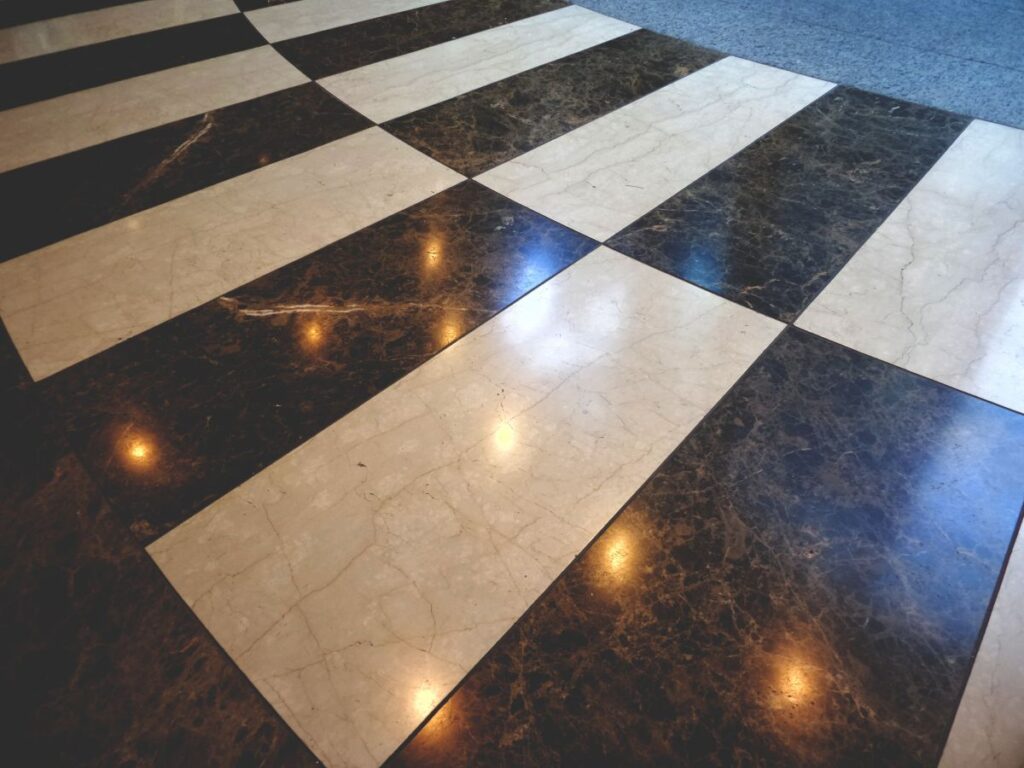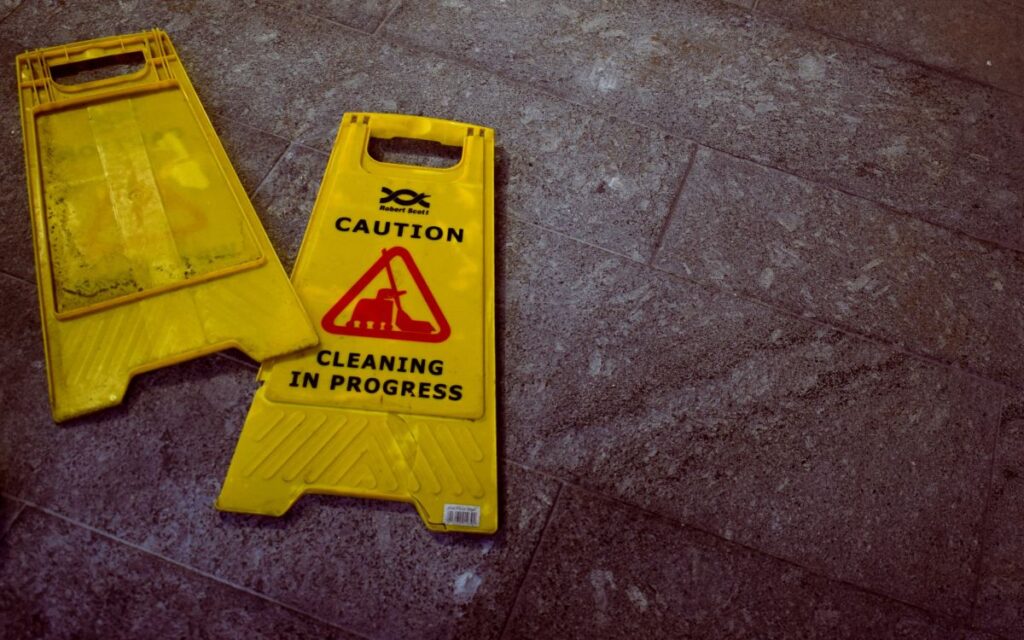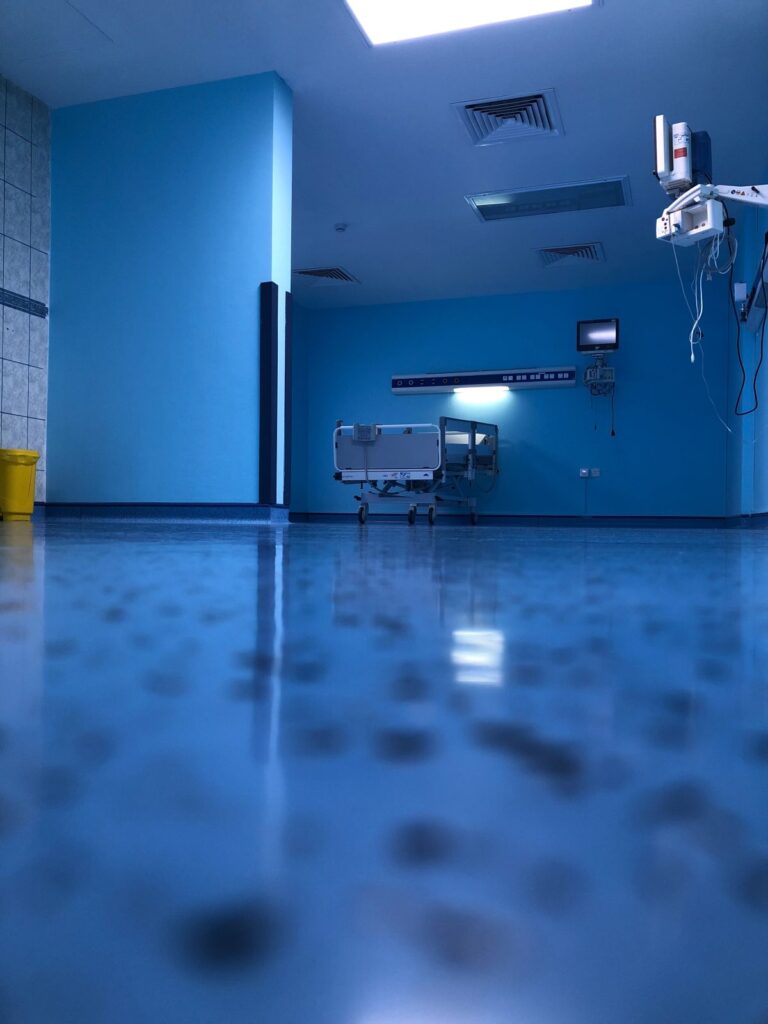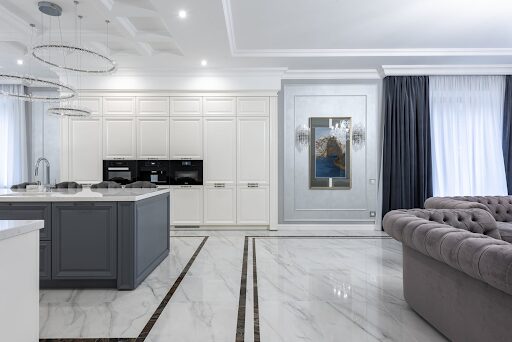Those beautiful marble floors are the pride of your home as they accentuate any room with a natural aesthetic. From the dazzling white Carrara marble, to the stunning black hues of Nero Portoro, marble gives an exquisite, sophisticated look that goes well with any home design.
However, marble is considered a high maintenance material due to the high levels of care and upkeep needed to keep the natural stone in good condition. A lot of things can go wrong with marble floor cleaning, and the majority of homeowners who have marble floors are not aware of the restrictions they come with.
Don’t be afraid to get marble floors! There are ways to hack your marble floor cleaning so you can enjoy the look of the natural stone without worrying about the hassles of cleaning it! Take a look at our list below for ideas on turning your high maintenance marble into low maintenance ones!
Table of Contents
1. Hassle-free Cleaning

The most convenient way to clean your marble floors is to avail professional cleaning services that will properly clean your floors with minimal effort on your part! You’ll never have to worry about damaging your marble floors as experienced professional cleaners would know how to clean marble the right way.
Professional cleaning services would get the shine back onto your floors, and protect the marble material from further damage. Many cleaning services also offer marble polishing, stain removal, and sealing services so you can enjoy the fresh, natural look of your marble for years to come.
Homeowners in Singapore can look to Luce Home for all their cleaning needs without the hassle! They have decades of experience with their team of expert cleaners, so you can be sure they’ll get your house spotless – marble flooring and all!
2. DIY Marble Cleaning Solution
As most people know, marble and other natural stones don’t fare well with acidic cleaning solutions as the stones are typically made up of calcium carbonate or other easy to dissolve minerals. Even an acid as mild as vinegar or lemon juice can etch marble over time, leaving rough, cloudy, white patches on your marble floors.
Etching is a typical problem with marble countertops and floors as homeowners are not often aware of how acidic solutions can corrode the surface over time. The extensive use of vinegar, lemon juice, and other acidic solutions in kitchens can wear down marble kitchen countertops as well as the floors, especially when the acid was not immediately wiped clean.
Instead of harsh, commercial cleaning solutions that may have corrosive chemicals in them, go the DIY route and make your own acid-free, mild, and effective cleaning solution to clean your marble floors. Simply mix together a tablespoon of castile soap, and a quart of warm, or tepid water. Use the solution on your marble floors and countertops as normal.
Castile soap does not contain any acidic substances that would affect the surface of your marble floors, and it does not leave any soap residue even after the solution has dried. The solution may be used in place of a multi-purpose cleaner spray, or as a cleaning solution for mopping the floors to a lustrous shine.
3. Marble Polish in a Pinch

If you’ve already etched your marble, then you probably know how expensive it would be to have the marble fixed. If your marble floors have shallow scratches and small, unnoticeable etching, you can create your own marble polish with just some baking soda and water. Grab a clean cloth and start lightly polishing the surface until cleaned.
The baking soda acts as a gentle abrasive, stripping off the surface etching to reveal the natural marble inside. When mixed with water, the paste can turn into a liquid whetstone that shines the marble surface. It is important to note that this method should be used only on unnoticeable spots on your marble floors, and will not remove large etch marks or deep scratches.
Alternatively, you can keep a container of commercial, store-bought marble polish with you so you can have convenient access to it when you need it. Otherwise, baking soda makes for a terrific marble polish that won’t just scratch up the surface!
4. Beeswax Marble Shine
After marble polishing comes sealing the newly exposed marble to prevent damage from dust, oils, and moisture. Since you’re cleaning your marble floors, sealing them is extremely important to prevent the natural stone from decaying from within. Plus, a good coat of sealant would bring the shine back to your marble!
Beeswax, soy wax, and commercially formulated marble wax can be used to seal exposed marble. Simply take a small bead of wax, and warm it up with your hands. Rub the wax all over your marble floors until there is a thin, even coating of wax throughout the marble surface. Use a hair dryer to slightly melt the wax so it can seep into the porous stone.
Use a dry, microfiber cloth to buff out the marble wax, and give your marble flooring a glassy shine and protective layer against moisture, dirt, and grease. You’ll need to apply a fresh coat frequently, especially if you’re using a natural alternative to marble sealer such as beeswax and soy wax.
5. Keep Marble Samples for Acid Testing

Remember those marble samples that you got from the store? Those are typically used to give clients a sample of the marble material, color, and texture, but they can be used for more practical purposes as well. Dig up that old marble sample and use it to test different cleaning solutions to see whether it etches the stone or not.
This is a great way to try out a new marble cleaning solution before you apply it on the real thing. The marble sample is essentially a smaller chunk of the same material your floors are made of, so the test is also accurate.
It is good to note that not all marble materials react to certain chemicals and solutions the same way. When in doubt, best to leave the floor cleaning to the professionals who know how to properly handle marble flooring.

